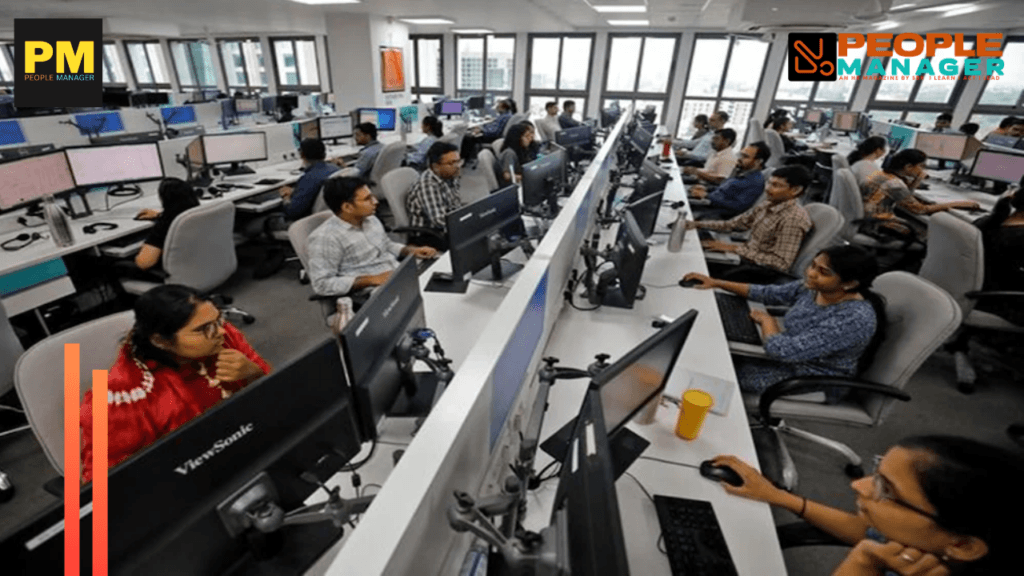New Labour Codes Set to Implement, 25 states frame rules, West Bengal “agrees’ to follow suit
Twenty-five states have now established rules, with West Bengal also in agreement to follow suit. The consolidation of 29 labour-related Acts into four codes aims to boost trade and investment, streamline business operations, and simplify compliance regulations.

After a significant delay, the implementation of the four labour codes passed by Parliament in recent years is finally progressing, with most states and union territories having finalized their draft rules. West Bengal, along with two other states, has now committed to framing the necessary subordinate legislation to bring the codes into effect.
These codes represent a blend of reforms focused on addressing labour market challenges, safeguarding workers’ rights, and enhancing their welfare. The objective of consolidating the numerous Acts into a concise set of codes was to improve the overall business environment and ensure effective governance.
According to official sources, the remaining three states, including West Bengal, which had earlier raised several concerns over the codes, have agreed to frame the subordinate legislation, to give effect to the codes.
While a specific date for officially notifying the labour codes has not been announced by the government, the plan is to do so in the near future. Efforts have been made to encourage all states to adopt a uniform set of rules, with most states already onboard with this approach. Regional meetings held to gather stakeholder input have been instrumental in this process.
The four labour codes are a judicious combination of reforms aimed at easing labour market rigidities, and reinforcing workers’ rights and welfare.
The four codes – Code on Social Security 2020; Occupational Safety, Health and Working Conditions Code 2020; Industrial Relations Code 2020; and Code on Wages 2019 – cover various aspects of labour regulations intended to provide a comprehensive framework for businesses to operate within.
Details of Acts which are being subsumed by the four labour codes
Labour Codes | Acts subsumed | |
Code on Wages, 2019 |
| |
Occupational Safety, Health and Working Conditions Code, 2019 |
| |
Industrial Relations Code, 2019 |
| |
Code on Social Security, 2019 |
| |
The four labour codes are a judicious combination of reforms aimed at easing labour market rigidities, and reinforcing workers’ rights and welfare.
The rules formulated by state governments aim to complement the codes by addressing specific local requirements and nuances. Variations in rules among different states are expected due to these localized factors, such as working hour limits and revision of allowances.
Consider for instance, the Central rules mandate 8 hours of work per day, including a maximum limit of 5 hours of continuous work, and one or more intervals of rest period (maximum limit – one hour). But some states such as Haryana, Karnataka, and Maharshtra have slightly different rules in this regard. Rules in Maharashtra say that no employee should work more than 48 hours per week, and intervals during work hours shouldn’t exceed 30 minutes, every day.
Also, with respect to revision of dearness allowance, while both the Central and the state rules of most of the states provide for revision of DA twice in a year, Andhra Pradesh says that it will be revised only once and Uttar Pradesh has no corresponding rule.
While some inconsistencies in rules exist across states, experts note that these should not deviate significantly from the core principles outlined in the labour codes. The rule-making process is essential for refining legislation at the state level, but alignment with central codes or judicial intervention may be necessary to address any conflicts or uncertainties that arise.
Rahul Sundaram, partner, IndiaLaw LLP said:“West Bengal has not established any rules, while Tamil Nadu and Delhi are deficient in rules for one or more codes.”
Some experts, regardless, say that prima facie they don’t see any material deviations in the state rules from the labour codes. “In fact, from a constitutionality standpoint, the rule-making process is an act of delegated legislation, and the appropriate government cannot supersede the provisions of the principal statute,” said Anshul Prakash, partner at Khaitan & Co.
Jidesh Kumar, managing partner, King Stubb & Kasiva said that certain states have implemented rules that diverge from the Centre’s labour codes, potentially giving rise to legal and administrative complexities. “These inconsistencies may also lead to legal disputes or uncertainty until alignment is achieved through either state harmonisation with central codes or judicial clarification,” he said.
Stay tuned, to PeopleManager.co.in for further updates on the evolving workplace paradigm.
- Vikram Solar Appoints Arun Mittal to Lead its Energy Storage Arm - December 3, 2025
- Preventive Healthcare Emerges as a Strategic Investment | Howden Global Employee Benefits Report - November 18, 2025
- Apollo Tyres Ltd and KIIT Announce India’s First Strategic Academic Collaboration - November 18, 2025








